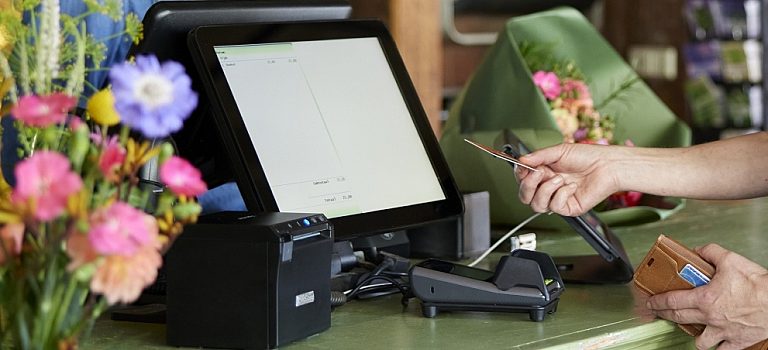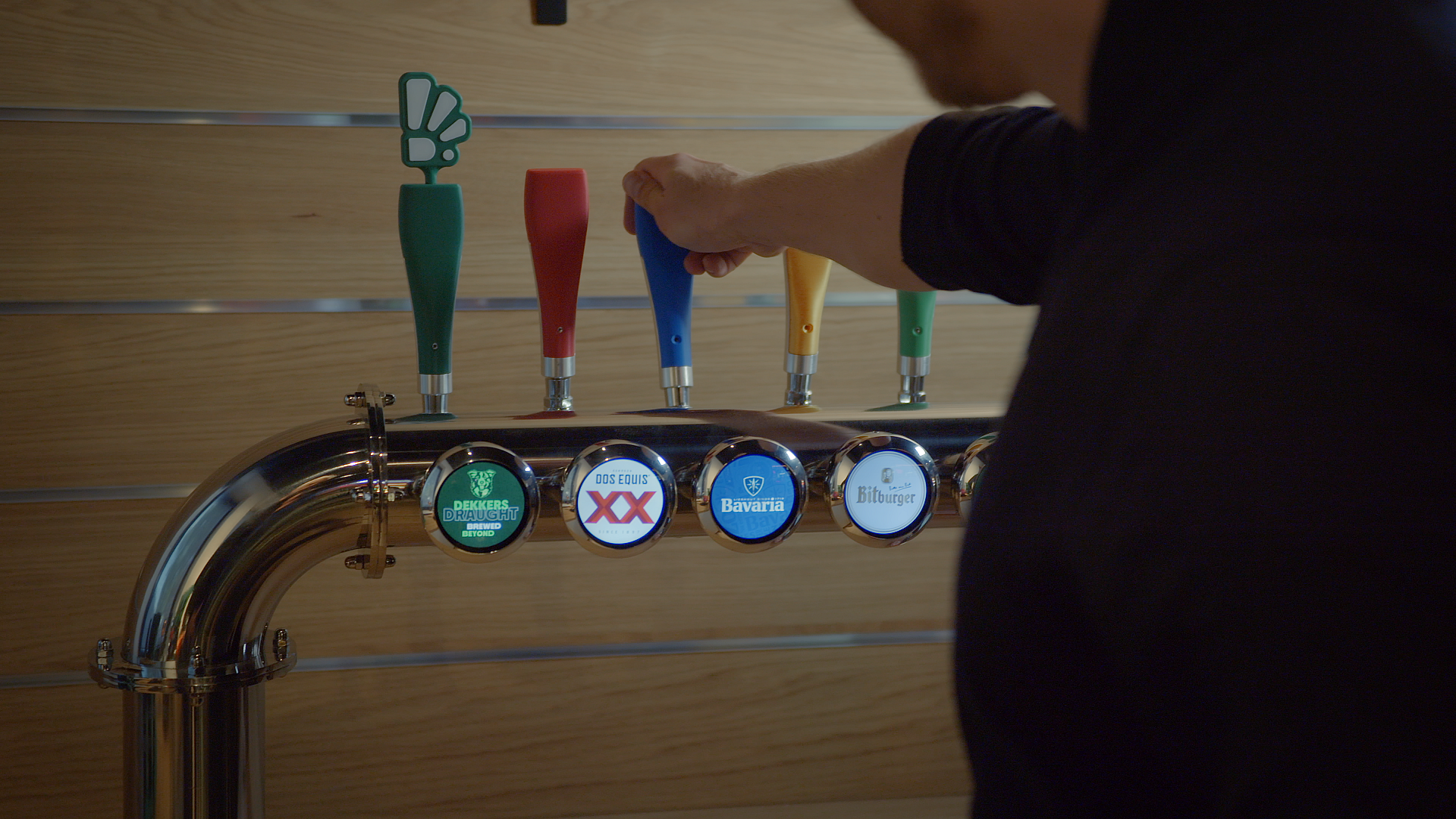The connectivity type that suits you
2G is being discontinued worldwide. But when one door closes, another opens. And behind each door, you will find new opportunities. Whereas 2G is outdated, our new networks are more stable, secure, and energy-efficient: an opportunity for your organization to take the next step. But of course, you need to know which network works best for you. And that is how this blog can help you.
4G
You know it as 4G, but the official name is Long Term Evolution (LTE). It’s the 4th generation of mobile communication. What is so good about it is that you can send large volumes of data from and to your devices securely and super-fast (up to 300 Mbps). And that it does so all over the world without any delay. So, do you have data to transmit from your IoT device in Amsterdam, Melbourne, or Tirana? It’s done in the blink of an eye.
When is 4G the right solution for you?
- If you want global coverage. 4G is available almost everywhere.
- If you need fast internet (up to 300 Mbps).
If moderate energy consumption is no issue for you.
5G
Even faster and more stable than 4G. Do you send large files with important information? And do you need to be 100% certain that those files will arrive that instant (possibly in critical situations such as first aid or security cameras)? Or are you involved in emerging technologies, such as drones and connected robots, for which you need the fastest internet? Then 5G is what you need.
When is 5G the right solution for you?
- If you are looking for something for the long term. 5G is the latest technology and will remain so for a while.
- If you need the fastest possible internet (up to 10 Gbps).
If the high energy consumption is not a problem for you.
LPWAN
So 4G and 5G are called so because they are the 4th and 5th generation of mobile communication. But there is another type of network: LPWAN. That stands for Low Power Wide Area Networks. This includes LoRA, NB-IoT, and LTE-M. They all have one thing in common: they consume little energy (Low Power). These are fitting networks for you if you send small data packages and energy efficiency matters to you.
LoRa
Do you work with small volumes of data? And are you looking in particular for a long-term solution in the Netherlands? The LoRa is perfect for you. With LoRa, you exchange small volumes of information between objects and systems. Sensors and trackers, for example. And you can send data on a single LoRa module for over ten years. A long-term solution, as we already said.
When is LoRa the right solution for you?
- If you want to consume very little energy.
- If you need coverage only within the Netherlands.
- If an internet speed up to 50 Kbps is sufficient.
If you are looking for a long-term solution.
NB-IoT
We are not offering this type of network, but it is worth mentioning. NB-IoT can be interesting if LoRa has what you need but on an international basis. The coverage is best in Asia, where there are a lot of NB-IoT networks. One minus point compared to LoRa is that NB-IoT is less suitable for moving objects such as containers and trucks.
When is NB-IoT the right solution for you?
- If you want to consume little energy.
- If you need coverage in other countries, especially in Asia.
- If an internet speed up to 250 Kbps is sufficient.
If you don’t use any moving objects.
LTE-M
Are you looking for something that can transmit data in the Netherlands and internationally? Do you operate mainly in Europe and North America? Then, LTE-M is just what you need. LTE-M even works well in places with minimal coverage, such as underground car parks or technical areas.
When is LTE-M the right solution for you?
- If you have machines that need to communicate with each other in places where the coverage is minimal.
- If you operate mainly in the Netherlands, Europe, and North America.
- If an internet speed up to 1 Mbps is sufficient.
If you want to consume little energy (less than 4G but more than LoraWAN and NB-IoT).
Choose what suits you
5G is impressive. But what if you transmit mainly small data packages? Then it isn’t much use to you. LoRa is really good, but if you operate outside of the Netherlands, it’s virtually useless. So it doesn’t matter which network is the best. What matters is which network is best suited to your requirements. So have a good look at what you need. Only then can you take the next step with the best network.
Do you still have any questions? We understand. It’s not a simple subject. You can always send us a message. Then we can take a look at things together.




